Vasubandhuís Abhidharmakosa-Bhasya (ca. 380 390), besides its culminating achievement in streamlining the overall structure of the exposition of the preceding Abhidharma manuals, is unmatched by any of the preceding manuals in respect of its comprehensiveness-incorporating all important Vaibhasika doctrines since the time of the Abhidharma-mahavibhasa-of its excellent skill in definition and elucidation, and of its ability to clarify the difficult point involved in doctrinal disputations. Added to these qualities is its great value as a brilliant critique and insightful revaluation of all the fundamental Sar-vastivada doctrines developed up to its time.
Since its appearance, it has been used as a standard textbook for the understanding of not only the Abhidharma doctrines but all the fundamental Buddhist doctrines in general. Translated into Chinese by Paramartha in 563 A.D. and by Hsuan-tsang in 651-654 A.D., Hsuan-tsang’s disciple Píu-kuang tells us that in India the Abhidharmakosa-Bhasya was hailed as the ‘Book of Intelligence’. In China, Japan and the Far-east, too, the Kosa has generally been highly treasured as a textbook of fundamental importance for Buddhist studies.

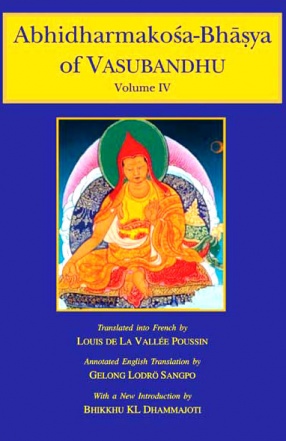
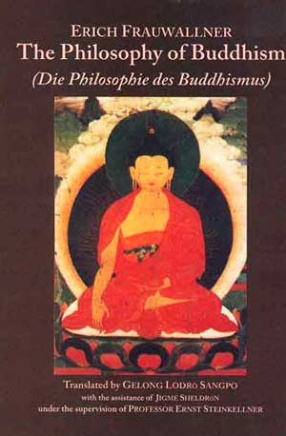
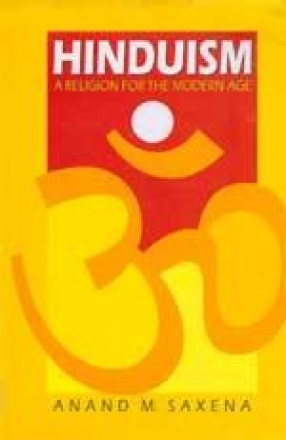
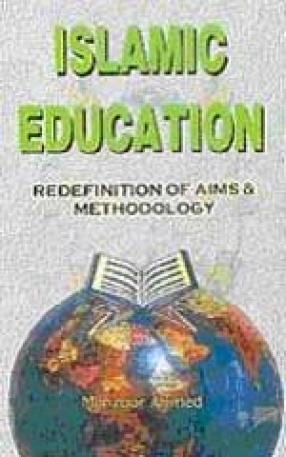
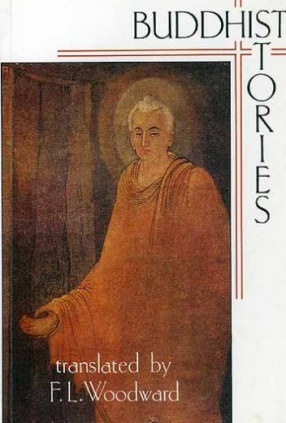
There are no reviews yet.